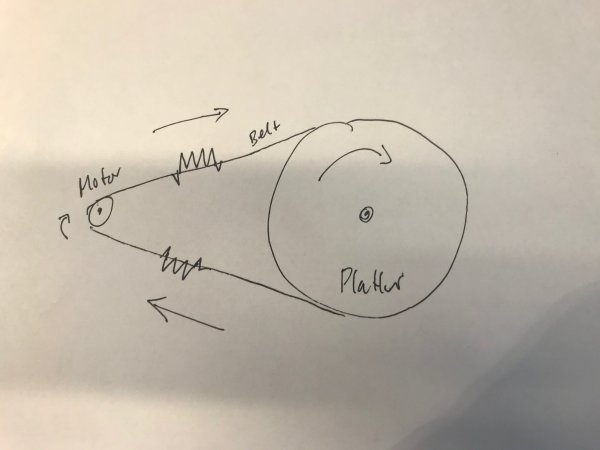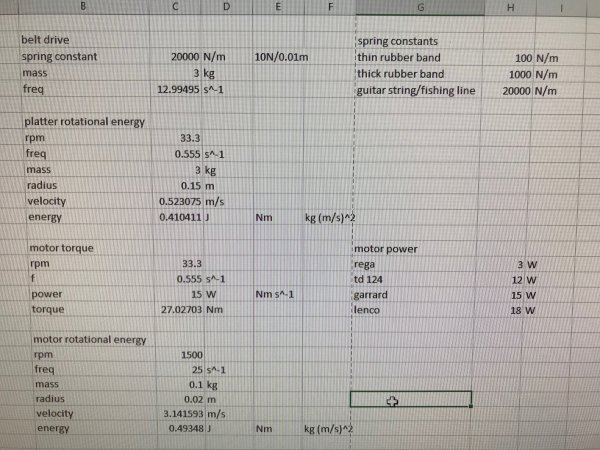I think this is the core of the matter. Musical pleasure.
Having owned belt drive decks -including tricked out LP12, Voyd 3-motor, Townshend Rock II and Rock Reference, and idlers including well-fettled Garrard 401s (I'm not generally a fan of the 301), Lencos and of course the TD124, I've settled on a Schopper'd TD124. Why? it just sounds more like music and not like hifi.
DD decks like the Technics SP10 (MkII at least) tyically sound more like CD players to my ears - soulless. Never had an urge to own one, not since I was a lad in the 70s and early 80s at least.
High mass/rim drive is an area I'd like to explore. Also quite fancy a Verdier at some point - I've liked the ones I've heard, most low mass belt drives in my experience to deliver speed wobble that you simply never hear on an idler or DD. (At least to me, a musician).
If those were the options my choice would be 124 too. The voyd is reputed to be a tough one to set up and maintain apparently you need to tweak it almost on a daily basis else it does not sound good. Guy helped design it he he knows a lot about it. I heard one it was all wobbly.
Barry2013's Townsend rock is very good but from what I know most from the used market now are not functioning properly, so unless you paid Mik or someone a premium to get a fixed one chances are it won't sound good.
I have heard three verdier and find them too laid back for me. But based on this, I wouldn't conclude idler is better than belts, as there are many more belts than are idlers, and they are all as different from each other as they are from idlers.
Even fans of sp10 mk3 don't necessarily prefer the mk2, and kodo beat and nvs are known to be at a different level to mk3.
Just as an example, Mik preferred his techdas to his kodo until he put a linear tracker (air tangent) on the kodo, and then preferred the kodo. So shows that the arm made a higher difference than the drive type.










